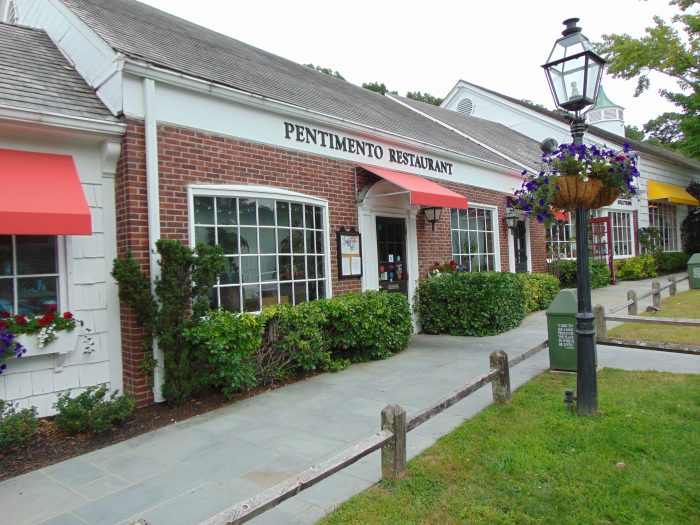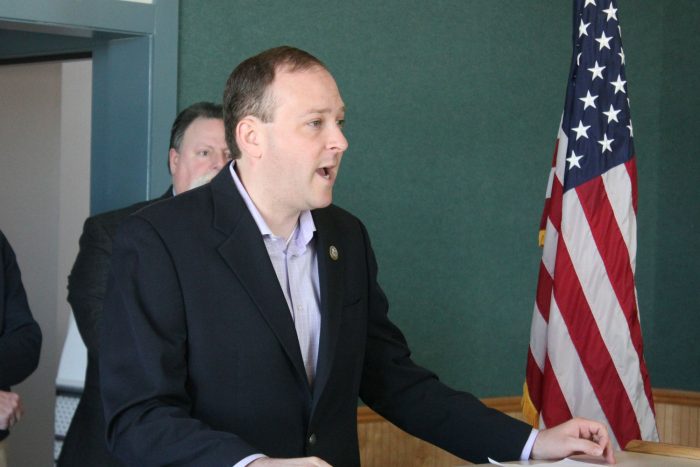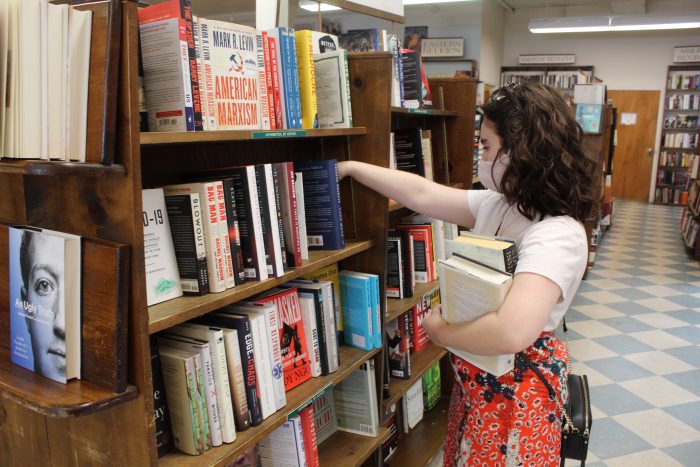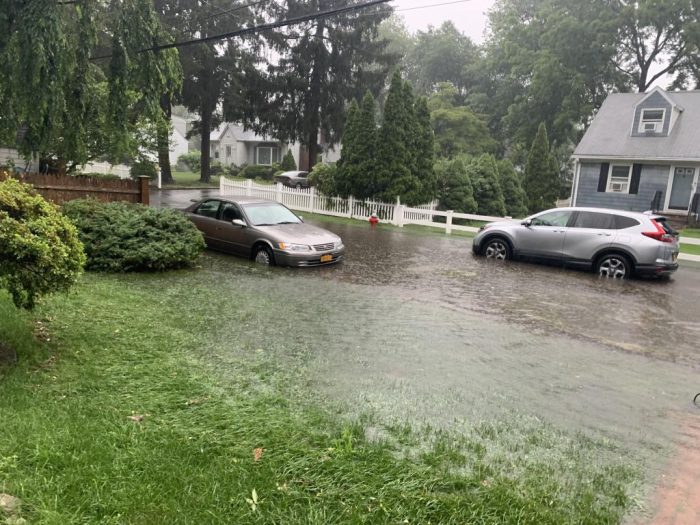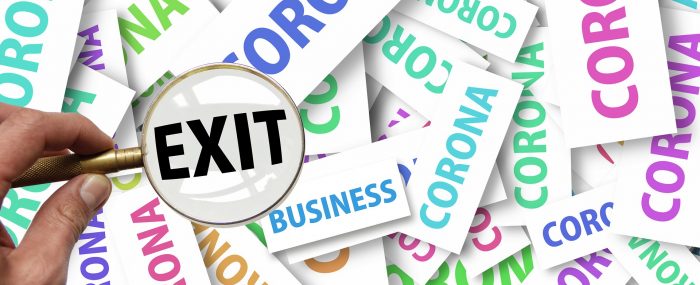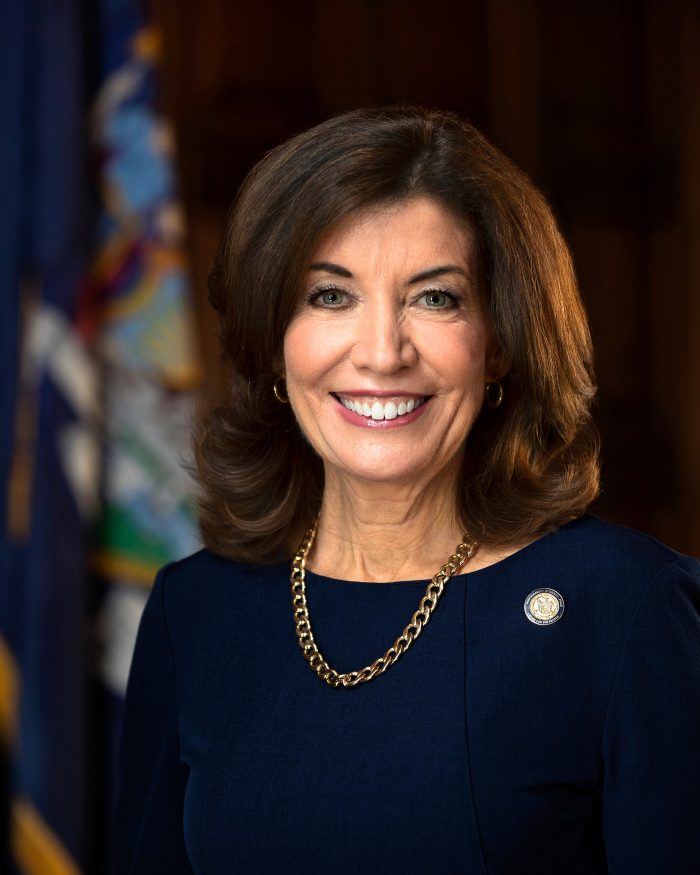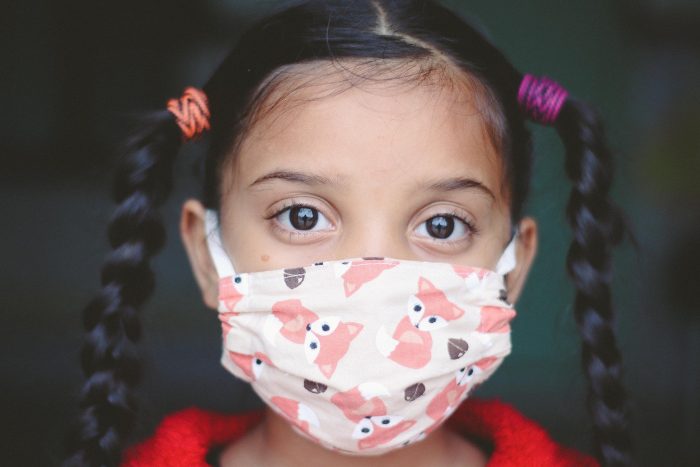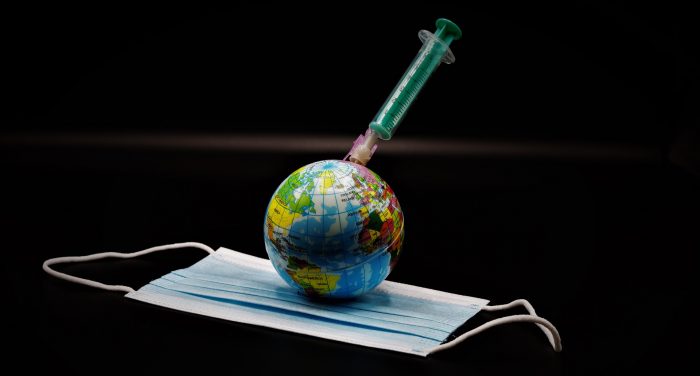This week a Stony Brook Village Center icon closed its doors for the last time after 27 years in business, and residents wonder how it will ever be replaced.
At the end of July, the owner of Pentimento Restaurant, Dennis Young, began informing customers that his lease wasn’t being renewed. Frequent visitors to his establishment started a Facebook page and petition on Change.org to save the restaurant and show their support. Many even protested in front of the business and throughout the shopping center. They also rallied in front of Gloria Rocchio’s house, the president of Eagle Realty Holdings and The Ward Melville Heritage Organization.
Unfortunately, the owner and the board of Eagle Realty, the landlord, couldn’t come to an agreement after Young forgot to give notice about his intent to renew last year, 365 days before his lease expired as specified in the agreement.
The Village Times Herald and the TBR News Media website featured five articles within the past two months on the closing and protests, and some of the stories also appeared in The Times of Smithtown. Talking to all parties involved, hearing the different sides of the issue, it was apparent there was more to the impasse than forgetting to renew a lease. A couple of matters couldn’t even be discussed because lease negotiations between private businesses are private matters.
We are saddened that something couldn’t be worked out. Especially since Young was hoping to retire in the near future and extending the lease and being able to sell the business to someone else would have meant he could have walked away with something more in his pockets.
A couple of weeks ago we wrote about the closing of Book Revue in Huntington village. Just like the iconic bookstore drew people to Huntington with its eclectic selection of books and celebrity author signings, the restaurant has done the same in the Three Village community by serving up its delicious meals and more.
As one reader wrote in a letter to the editor last week, in the last 27 years the restaurant served as the place “where we have celebrated birthdays, weddings, anniversaries and religious milestones. It’s where we have had our first dates and our first jobs.”
Regular visitors to Stony Brook Village Center would find that on the nights the restaurant was closed, the parking lot in the section of the shopping center it is located on was practically empty. When it was open, it could be difficult to find a spot.
When people come to eat in a restaurant, especially if they have to wait for a table, they’ll visit nearby stores. And, Pentimento has been a big attraction for both locals and residents from surrounding towns. As we mentioned in our editorial about Book Revue, sometimes the closing of a popular establishment can have a domino effect. We hope this won’t be the case with the village center.
We’re not quite sure what will replace Pentimento, but it will take a long time for residents to create new memories in whatever business goes into the empty space.
We thank Young, restaurant manager Lisa Cusumano and the staff for their service to the community, and we wish them all the happiness in the world.

